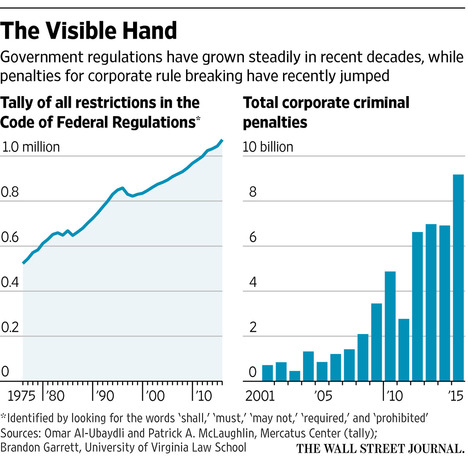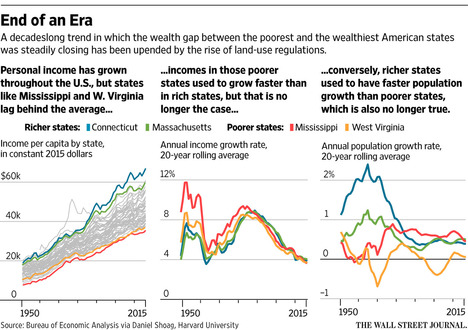(p. A17) President-elect Donald Trump’s vow to “drain the swamp” in Washington could begin with the Agriculture Department. Federal aid to farmers is forecast by the Congressional Budget Office to soar to $19 billion in 2017. Farmers will receive twice as much of their income from handouts (25%) this year as they did in 2013, according to the USDA. Whoever Mr. Trump names as his agriculture secretary should target wasteful farm programs for spending cuts.
. . .
While generous government subsidies are defended by invoking the “family farmer,” big farmers snare the vast majority of federal handouts. According to a report released this year by the Environmental Working Group, a Washington-based nonprofit research organization, “the top 1 percent of farm subsidy recipients received 26 percent of subsidy payments between 1995 and 2014.” The group’s analysis of government farm-subsidy data also found that the “top 20 percent of subsidy recipients received 91 percent of all subsidy payments.” Fifty members of the Forbes 400 list of wealthiest Americans have received farm subsidies, according to the group, including David Rockefeller Sr. and Charles Schwab.
For the full commentary, see:
JAMES BOVARD. “Living Off the Fat of Washington; If Trump is going to ‘drain the swamp,’ he might start with wasteful ag subsidies.” The Wall Street Journal (Mon., Dec. 12, 2016): A17.
(Note: ellipsis added.)
(Note: the online version of the commentary has the date Dec. 11, 2016.)



